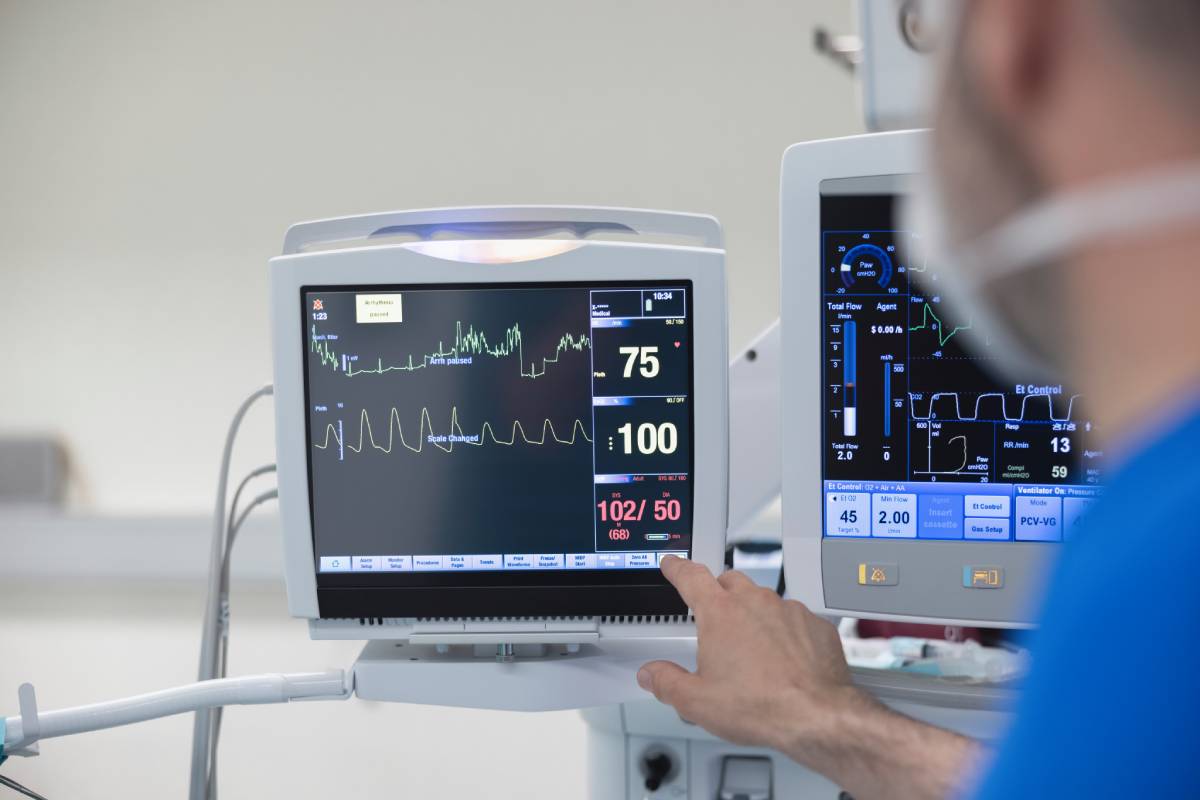Management of Postoperative Pain
Postoperative pain, which is pain experienced after a surgical procedure, is a common concern for patients and healthcare professionals. Effective postoperative pain management is crucial for promoting a comfortable and smooth recovery process. By utilizing a multimodal approach and adapting the management of postoperative pain to the individual patient, healthcare providers can help alleviate pain and improve patients’ overall experience.
One of the fundamental principles of postoperative pain management in modern times is the use of multimodal analgesia. This approach involves the administration of different types of pain medications that target pain pathways at various points, providing more comprehensive pain relief. By combining drugs with different mechanisms of action, such as opioids, nonsteroidal anti-inflammatory drugs (NSAIDs), and local anesthetics, overall pain control can be optimized while minimizing the side effects associated with each individual medication.
Opioids are commonly used in the management of postoperative pain. They work by binding to specific receptors in the central nervous system, thereby reducing pain perception. While opioids can be highly effective, they are associated with side effects such as nausea, constipation, and sedation. Opioids also carry a high risk of addiction and overdose. To minimize these adverse effects, healthcare providers often use them in combination with other analgesics.
NSAIDs, such as ibuprofen and naproxen, are another essential component of postoperative pain management. These medications work by reducing inflammation and blocking pain signals. By including NSAIDs in the treatment plan, healthcare providers can decrease the reliance on opioids, thus reducing the risk of opioid-related complications. It is important to note that NSAIDs may have their own set of side effects, including stomach irritation and increased bleeding tendency, so they should be used judiciously and monitored closely.
Local anesthetics play a crucial role in postoperative pain management as well. These medications are often administered via injections or applied topically to numb specific areas of the body. Local anesthetics work by blocking nerve signals in the vicinity of the surgical site, providing targeted pain relief. By employing local anesthetics in regional anesthesia techniques, such as epidural or peripheral nerve blocks, healthcare providers can effectively manage pain in a specific region, allowing for reduced opioid use and faster recovery. However, regional anesthesia may not be appropriate for all patients.
In addition to pharmacological interventions, non-pharmacological approaches can also be employed to manage postoperative pain. These techniques can be used alone or in conjunction with medications to enhance pain control and promote relaxation. Some non-pharmacological methods include breathing exercises, relaxation techniques, guided imagery, distraction techniques, and physical therapy. These approaches can help reduce anxiety, improve overall well-being, and enhance the patient’s ability to cope with pain.
Another important aspect of postoperative pain management is individualizing the treatment plan. Every patient’s experience with pain is unique, and it is crucial to assess and address their specific needs. Factors such as age, medical history, and the type and extent of the surgical procedure should be taken into consideration. Regular assessment of pain intensity and the patient’s response to treatment is essential for tailoring the management plan accordingly.
Education and communication are vital components of postoperative pain management. Patients should receive thorough information about the expected level and duration of pain, as well as the potential side effects of pain medications. Clear instructions regarding medication usage, including dosage and frequency, should be provided. Encouraging open dialogue between healthcare providers and patients allows for better pain control and ensures that the patient’s concerns are addressed promptly.
The management of postoperative pain is a critical aspect of patient care. By employing a multimodal approach and combining pharmacological and non-pharmacological interventions, healthcare providers can effectively alleviate postoperative pain while minimizing adverse effects. Individualized treatment plans, along with patient education and communication, play a vital role in achieving optimal pain control and promoting a smooth recovery process. By implementing these strategies, healthcare professionals can enhance the overall patient experience and facilitate a successful postoperative recovery.
More From The Blog

Managing Heart Rate During Anesthesia
Managing heart rate during anesthesia contributes to ensuring patient safety and comfort throughout surgical procedures and is a key responsibility of the anesthesia provider. Heart

Options for Oxygen Supply During Anesthesia and Surgery
Maintaining patient blood oxygen levels during anesthesia and surgery anesthesia and surgery is essential to ensuring patient safety, optimizing outcomes, and preventing hypoxic injury to